Euro cylinder locks, also known as barrel locks, profile cylinder locks or pin tumblers, are a popular lock profile in Europe, with varieties to suit both internal and external use. The ability to replace them without removing other fittings is one of the main reasons they are so ubiquitous as they are simple and easy to fit. Consequently, you’ll find euro cylinders in most domestic and commercial properties.
Purchasing a lock can be a little confusing. Our buyer’s guide will help you quickly and accurately select the right lock for the job.
We’ll begin by covering the different types of euro cylinders:
Types of euro cylinder locks
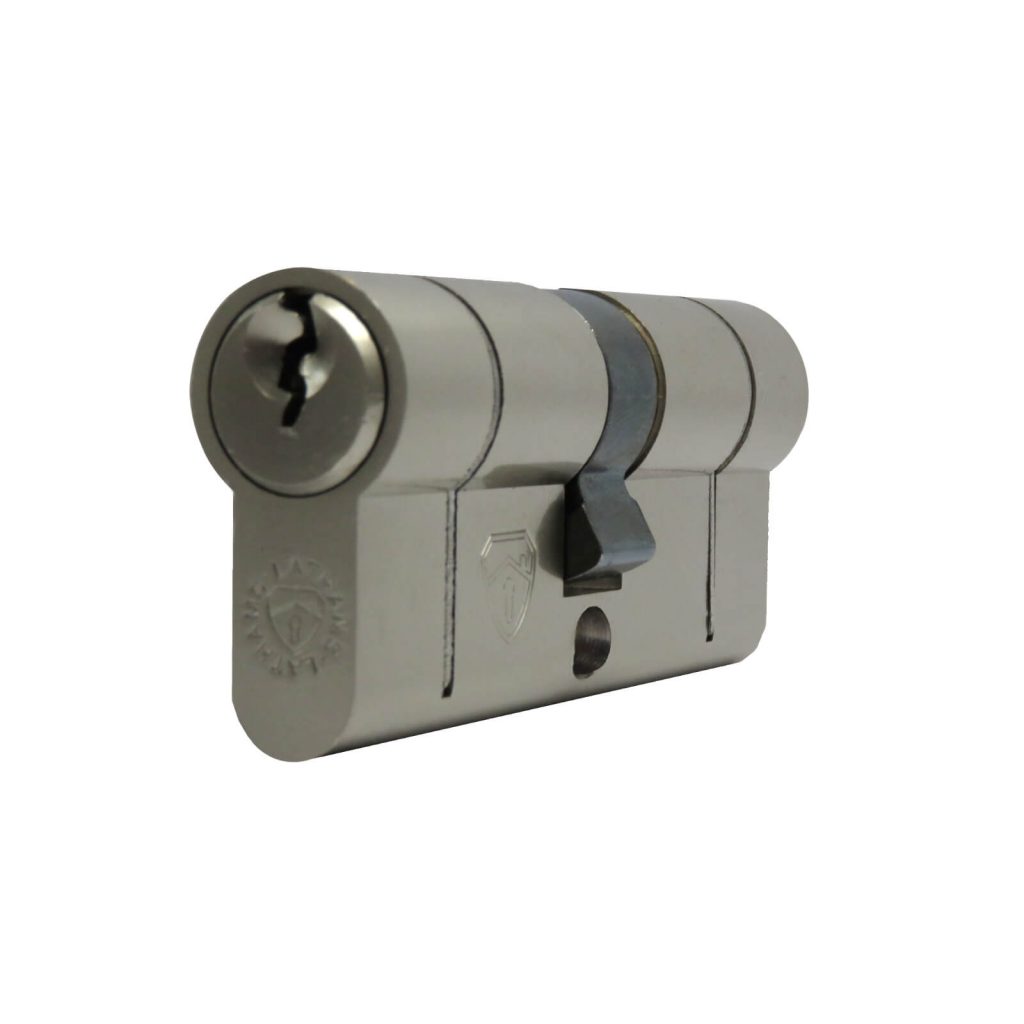
Full or double euro cylinder
Double cylinder locks have a key cylinder on both sides of the door. This means a key can be used to lock and unlock the door from either side.
This lock format is usually used for doors requiring higher security, such as front or back doors. In the event a burglar broke the glass in your door, they would still need a key to unlock the door.
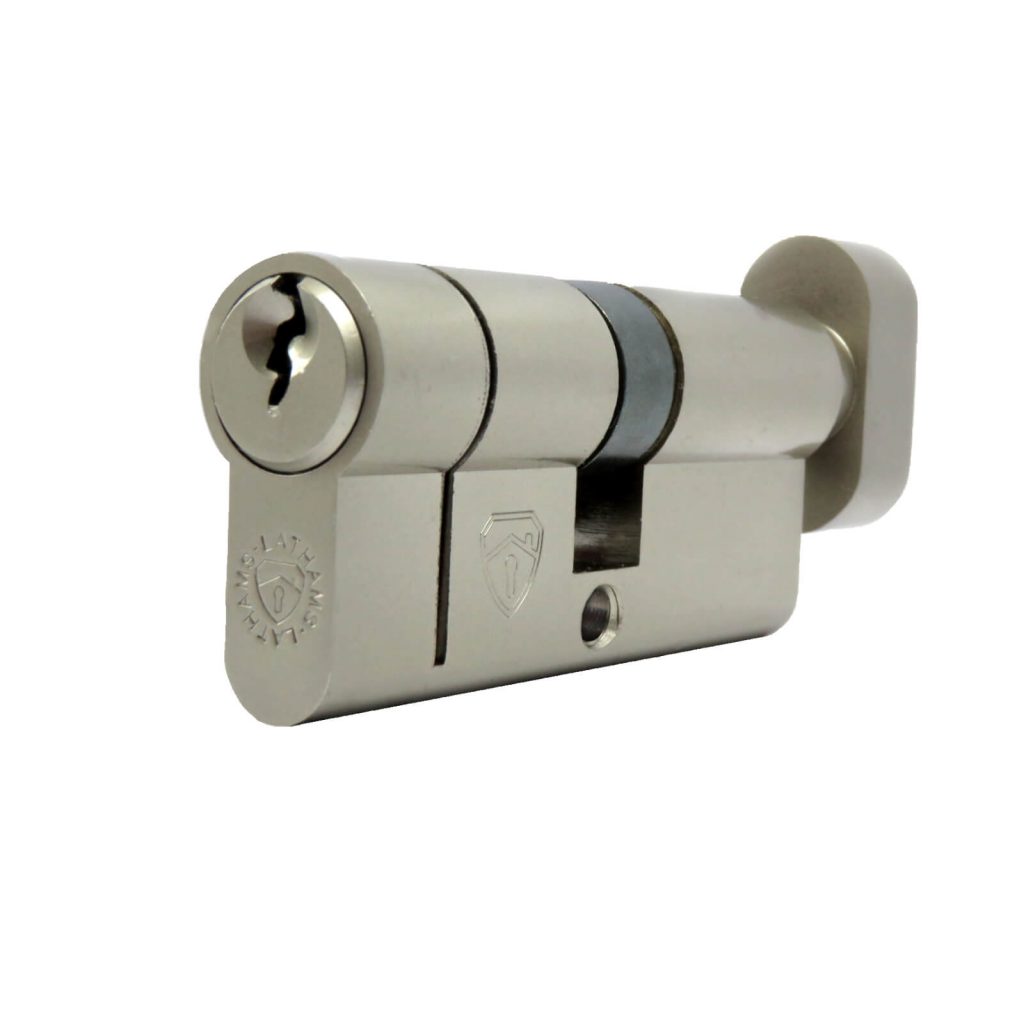
Full thumb-turn euro cylinder
Full thumb turn locks are a hybrid option, offering the benefits of a thumb-turn lock in one cylinder, and a keyed lock in the other. These locks are easy to use – the thumb-turn lock means you can lock your door internally without the use of a key. You may consider using these on doors which require security from the outside, but a means of emergency escape from the inside i.e. apartment doors where fire regulations stipulate the doors need to be easily opened from the inside without a key.
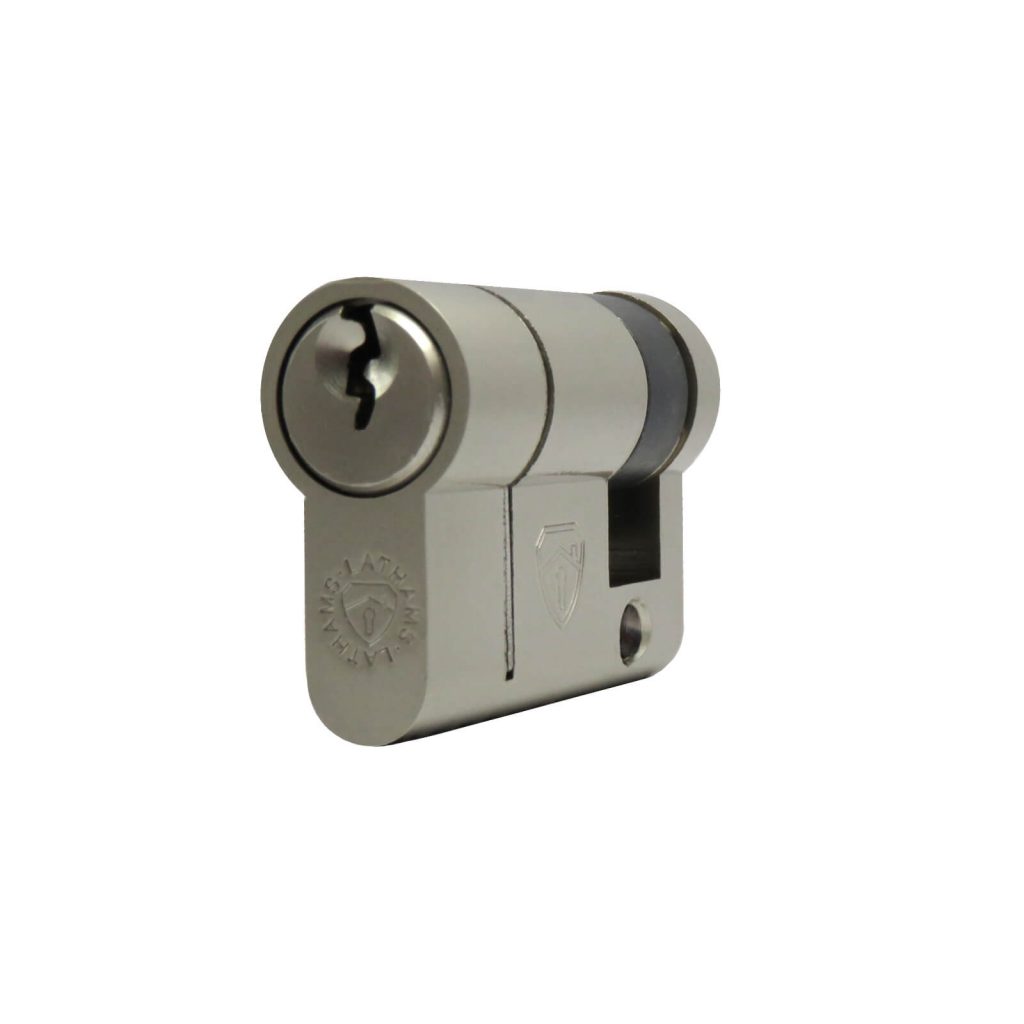
Half or single euro cylinder
Half euro cylinder locks are perfect for doors requiring keyed access from one side only. These locks are usually used for keyed access from the exterior, for example on garage doors.
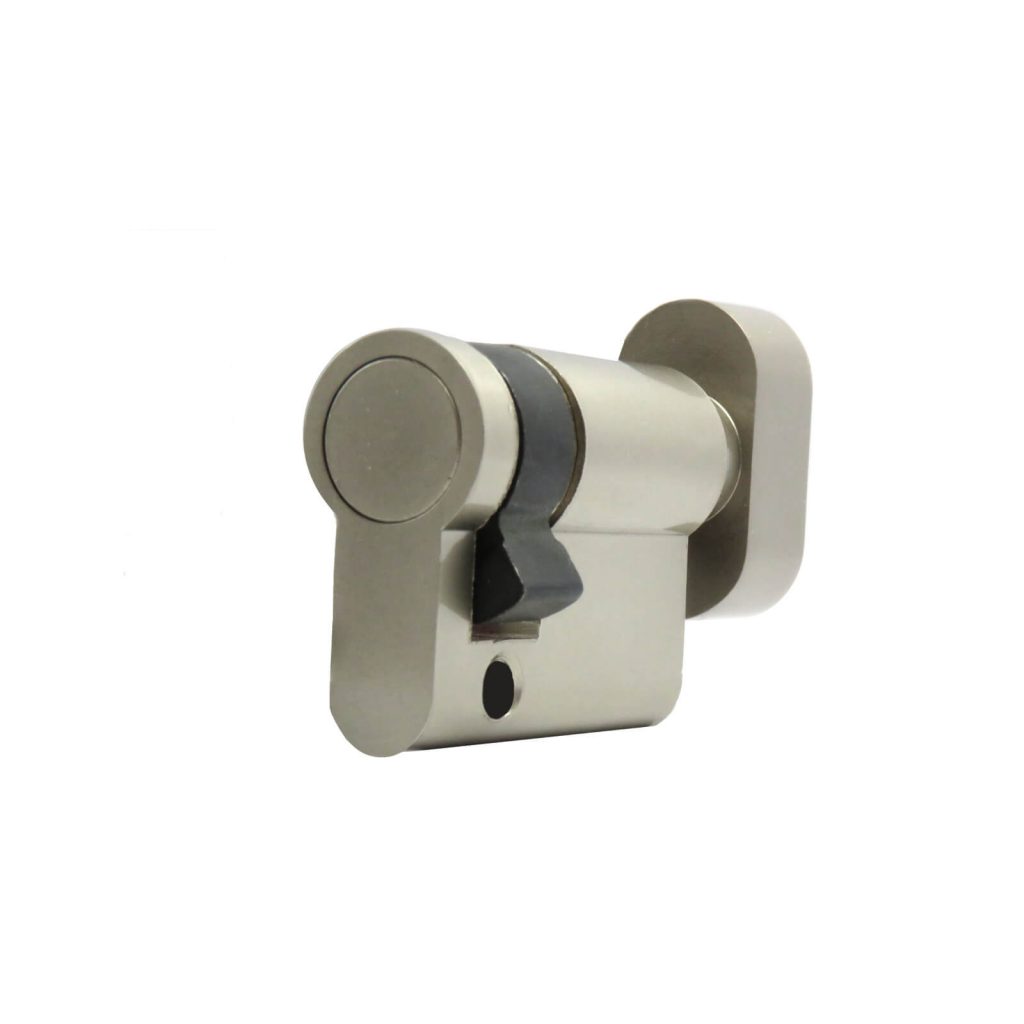
Half thumb-turn euro cylinder
Half thumb-turn euro cylinder locks enable a quick, key free exit and lock from one side only. These locks can be useful for scenarios in which a key is considered inconvenient. They may also be used for privacy reasons, for example in bathrooms.
UPGRADE YOUR EURO CYLINDER LOCK TODAY!
Euro cylinder lock set ups
The versatility of euro cylinder locks is a major reason for their wide adoption. Users are able to combine the different locks mentioned above throughout the same property and achieve complex lock setups whilst having them all running off the same key. This is known as a “keyed alike” system. Euro locks are also able to incorporate a variety of other lock types, such as a deadlock or a deadbolt to further increase a doors security.
What is a standard differ lock system?
Standard differ lock cylinders are only openable with its own key. They are the most common and cost-effective option.
What is a keyed alike lock system?
As mentioned above, keyed alike systems mean that one key will operate all locks. For example, your front and back door locks can be opened with the same key. This can be a very useful set up for people wishing to avoid having multiple keys.
The versatility of euro cylinder locks is a major reason for their wide adoption. Users are able to combine the different locks mentioned above throughout the same property and achieve complex lock setups whilst having them all running off the same key. This is known as a “keyed alike” system. Euro locks are also able to incorporate a variety of other lock types, such as a deadlock or a deadbolt to further increase a doors security.
What is a standard differ lock system?
Standard differ lock cylinders are only openable with its own key. They are the most common and cost-effective option.
What is a keyed alike lock system?
As mentioned above, keyed alike systems mean that one key will operate all locks. For example, your front and back door locks can be opened with the same key. This can be a very useful set up for people wishing to avoid having multiple keys.
How to choose a euro cylinder lock
Choosing the right euro cylinder depends on the type and size of door and the level of security required.
Security
Security Attributes
There are 4 main “security attributes” available with euro cylinder locks.
- Anti-Snap Euro Cylinders – These cylinders have been tested to confirm their protection against the “lock snapping”. The lock has a thin sacrificial line cut into the cylinder body, known as a sacrificial snap line. When force is applied, the cylinder snaps at this ‘weak point’ but the locking cam stays intact. These locks are vital for external doors and will protect against attacks such as the aptly named “blowtorch technique”; a method in which the door around the lock is melted in order to expose the lock which can then be snapped revealing the locking mechanism.
- Anti-Pick – anti-pick locks are made in such a way that they are extremely difficult to pick. Lock picking involves manipulating the pins within the lock so that they align on the shear line and allow the plug to be turned and the lock opened. Criminals will use tension tools and picks, such as hair pins, to do this. High-security euro cylinder locks protect against lock picking with the use of special anti-pick spool pins.
- Anti-Drill – Sometimes, a burglar may use a strong drill to break into the lock. This is a very destructive method and involves drilling on the sheer line to the depth of the key, then turning the plug with a screwdriver. Anti-drill locks protect against this by using pins made of hardened steel in the barrel and plug.
- Anti-Bump – These attacks involve using an adapted key and inserting it into the euro cylinder and applying torque to the key to open the door. These attacks are on the rise in the UK and leave minimal to no signs of damage which can effect insurance claims. Anti-bump lock mechanisms include setting pins at differing levels along the sheer line to create an overlift, preventing cylinder rotation, aligning pins at different angles and combining dimples and grooves on the key.
Security Rating and British Standards
At Latham’s Hardware, our unique euro cylinder design means that all of our anti-snap locks are British Standard (BS EN 1303) accredited. All products with a BS accreditation shows that it has been made in accordance with the British Standard – it is a sign of true quality.
Our locks are designed to offer security to a similar standard of a 1* UAP kitemarked lock. This standard is widely used due to its reliability and because they have been tested to verify their attack resistance, safety, durability and corrosion and temperature resistance.
Type of Door
Euro cylinders can be installed on internal or external doors. However, the type of lock you require will depend on the door’s placement within a commercial or personal property.
Euro cylinder locks for external doors
Cylinder locks are a great choice for the front, back, side and patio doors of a property. We recommend opting for a 6 pin cylinder lock which offers more security than their 5 pin alternatives. Cylinder pins are covered in more detail below.
Euro cylinder locks for internal doors
There are a number of common scenarios in which you may consider using a euro cylinder as an internal lock:
- Office spaces where doors need to be locked for segregation/privacy/security
- A rented home of multiple occupancy
For internal doors, 5 pin cylinders are suitable for most applications. You’ll also need to consider any fire regulations when you choose a lock as you’ll likely require a thumb turn euro cylinder which can be unlocked easily from one side without a key in the event of an emergency. More on euro cylinder types are covered below.
Door material
Euro cylinder locks can be easily installed on uPVC, wooden, composite, aluminium and steel doors.
Getting the correct length of cylinder
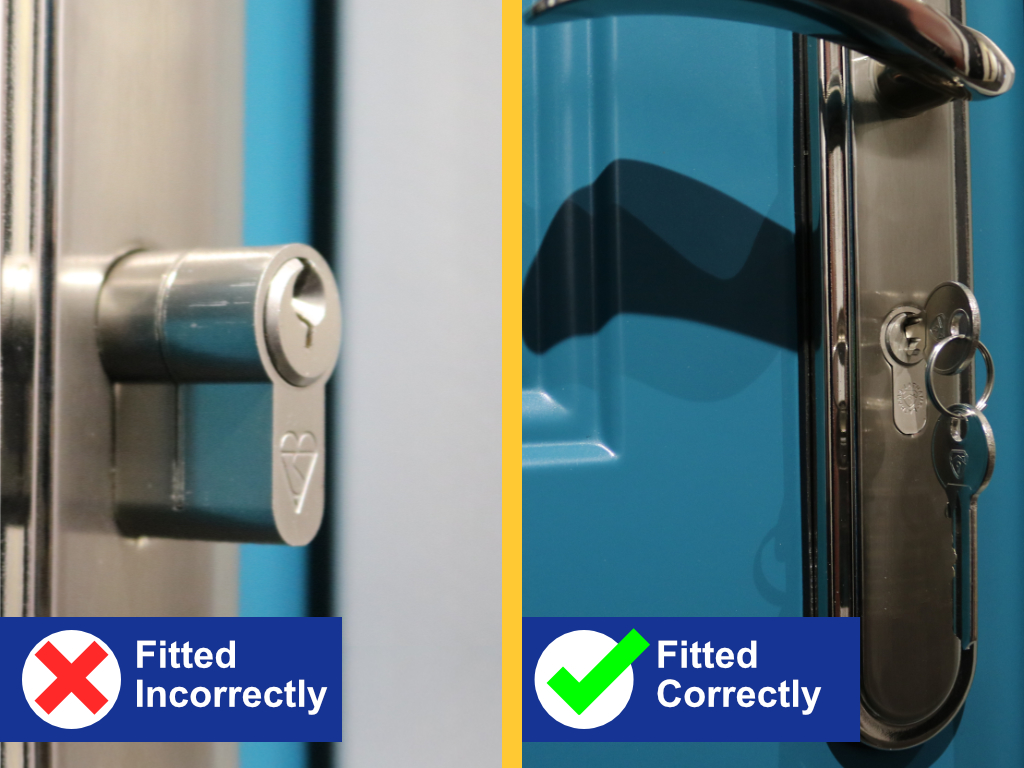
You will need to pay particular attention to the length of cylinder you require to ensure the door is secure. If too much of the cylinder protrudes from the handle, the door will be at risk of break ins as it is easier to grip and snap. If the cylinder is too short, it may be recessed within the handles. This could result in a build up of moisture and dirt within the door.
To get the correct length of cylinder, you will need to measure the door or existing lock cylinder. Keep reading to find out more.
How to measure euro cylinders
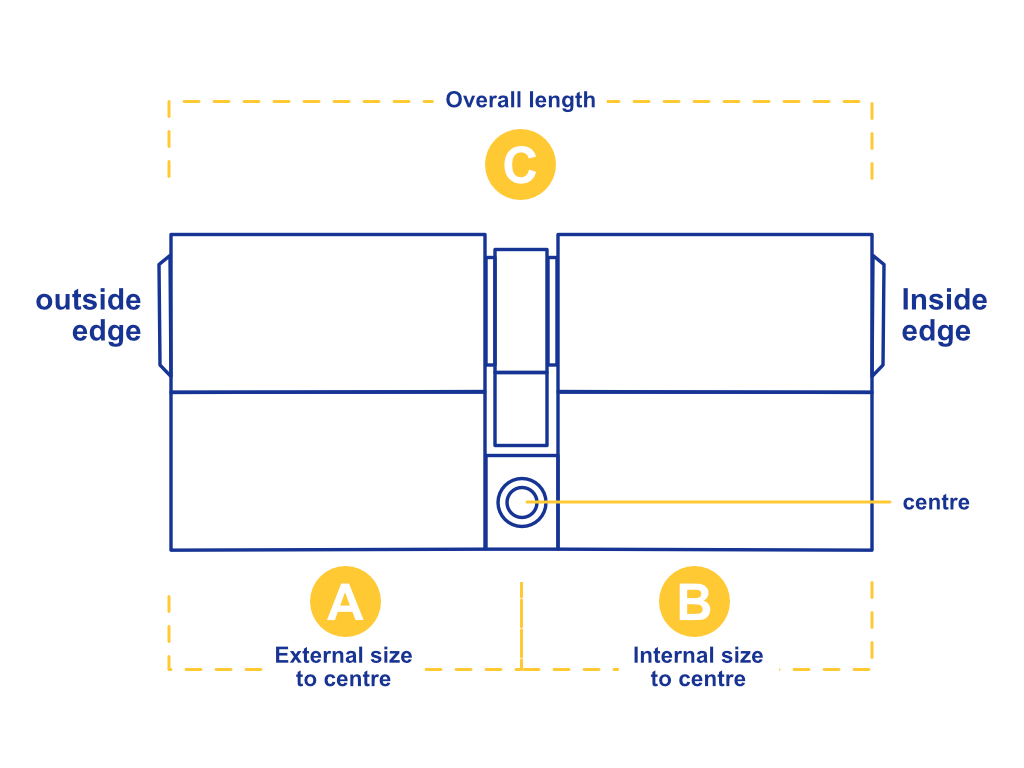
It’s quick and easy to measure your existing cylinder lock to replace it or to measure up for a new door.
Depending on your situation, follow the steps below, using the diagram as a reference. When A and B are the same dimension, you need a cylinder with 2 equal lengths. If they’re different, you’ll need an offset cylinder.
Measuring an existing cylinder lock
You can measure up for a replacement euro cylinder without having to remove the existing lock from the door. To do this, start from step 3 of the instructions below. Alternatively, you can also remove the lock to measure it. To do this, start from step 1. You’ll also need the key, if your lock requires one to open.
- Release the cylinder
Once fitted, the cylinders are held in place with a central screw, located on the face edge of the door. Remove this screw to release the cylinder.
- Remove the cylinder
If your lock requires a key, you will need to insert and turn the key to ensure that it is in line with the cam and flush with the cylinder. To do this, insert the key to one end, turn the key to approximately 45 degrees left or right (depending on which side you insert the key) and pull the cylinder out.
If your lock is a keyless thumb-turn euro cylinder, follow step 1 and simply turn the thumb-turn slightly whilst gently pulling out the cylinder.
- Measure the cylinder
To measure the cylinder lock, you will need to take two measurements. First, measure the external size to centre (A) by measuring from the end of the cylinder to the center of the screw hole. Repeat the process for the other side to get the internal size to center (B).
- Don’t forget to double check
To ensure accuracy, measure the overall length and ensure that it equates to the sum of A and B.
Measuring up for a new door
To measure up for a new door, you’ll need to measure the door’s width and any door furniture such as handles or escutcheons.
- Measure the external size to centre
Measure from the outside edge of the door, including the furniture, to the centre of the door. This is dimension A.
- Measure the internal size to centre
Then, measure from the inside edge of your door, including the furniture, to the centre of the door, to find dimension B.
- Measure the overall length to double check
To double check your measurements, measure from the outside edge to the inside edge of the door, including furniture. If you’ve done this correctly, the overall length should equal the sum of A and B.
How do euro cylinder locks work?
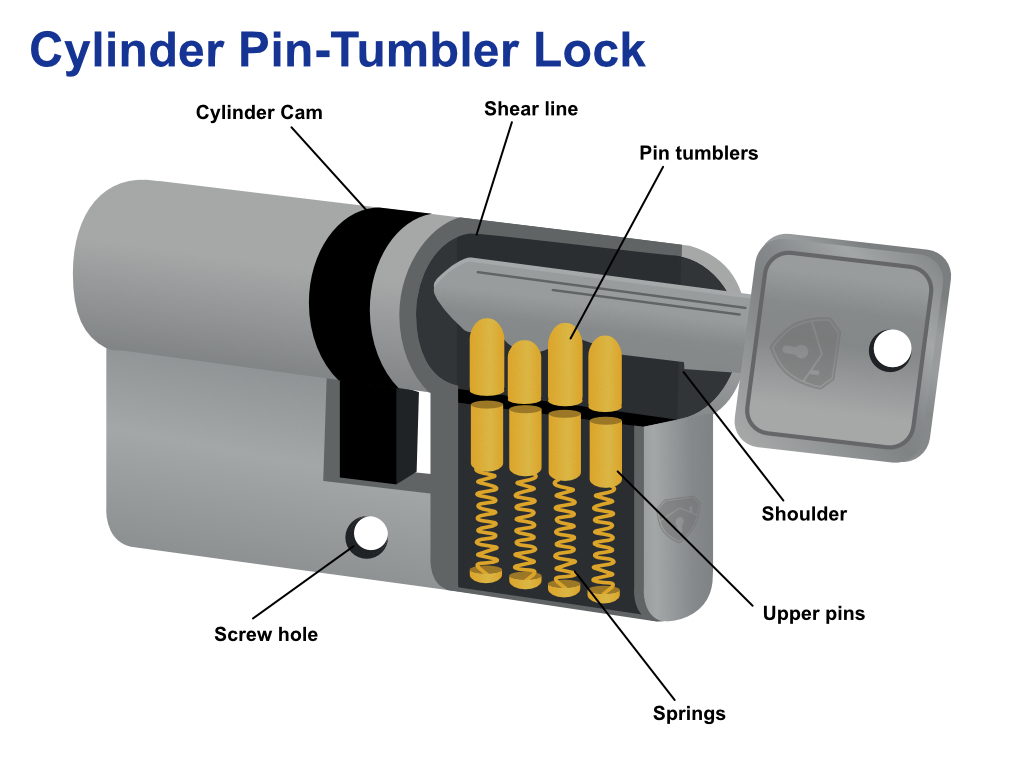
Keyed euro cylinder locks use a mechanism of pins of varying lengths to prevent the lock from opening without the correct key. Only the correct key fits properly within the cylinder. A greater number of pins is considered to offer a higher level of security.
Thumb-turn cylinder locks work without pins. The user simply needs to twist the thumb-turn to unlock the door.
5 pin cylinder locks
5 pin locks are considered the entry level of security for doors. They are typically inexpensive. They are suitable for internal doors, but should not be used on external ones.
6 pin cylinder locks
These cylinder locks offer a greater level of security and are suitable for external doors. At Latham’s Hardware, our keyed locks are all 6 pin cylinders.
To view our guide on other lock types, click here
Other euro cylinder questions answered
Are euro cylinders secure?
In the past, some retailers have sold sub-standard, antiquated models of euro cylinder locks which unfortunately left users vulnerable to break ins. However, new lock technology means that euro cylinder locks can be a very secure choice, if the lock is purchased from the right provider.
Additionally, to ensure the highest standards of security, you should ensure that you purchase the right lock for the level of security required and placement of the door. For example, we advise that you should not use a 5 pin lock on an external door.
Are euro cylinders reversible?
The lock design involves double ended cylinders that can indeed be used either way on the door. For example, a 50/60 size cylinder is the same as a 60/50 size, therefore making it possible to use it either way on the door, as long as the door has the correct thickness.
At Latham’s Hardware, we’re proud to provide innovative lock designs, offering long-lasting security solutions for our customers.
Still unsure about the correct locks for the job? Perhaps you’d like to discuss other hardware options? You can browse our full range or get in touch with our friendly team.


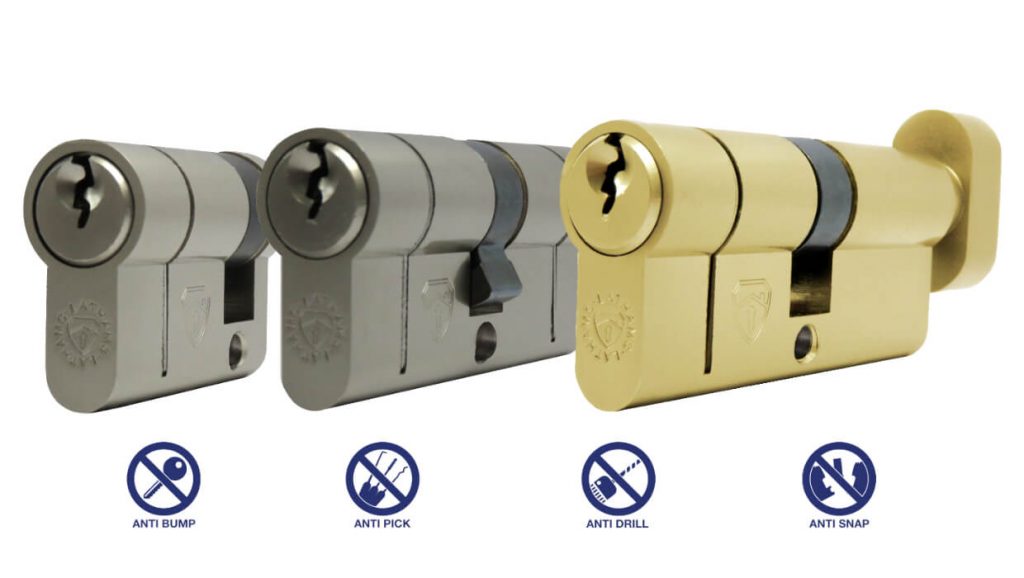
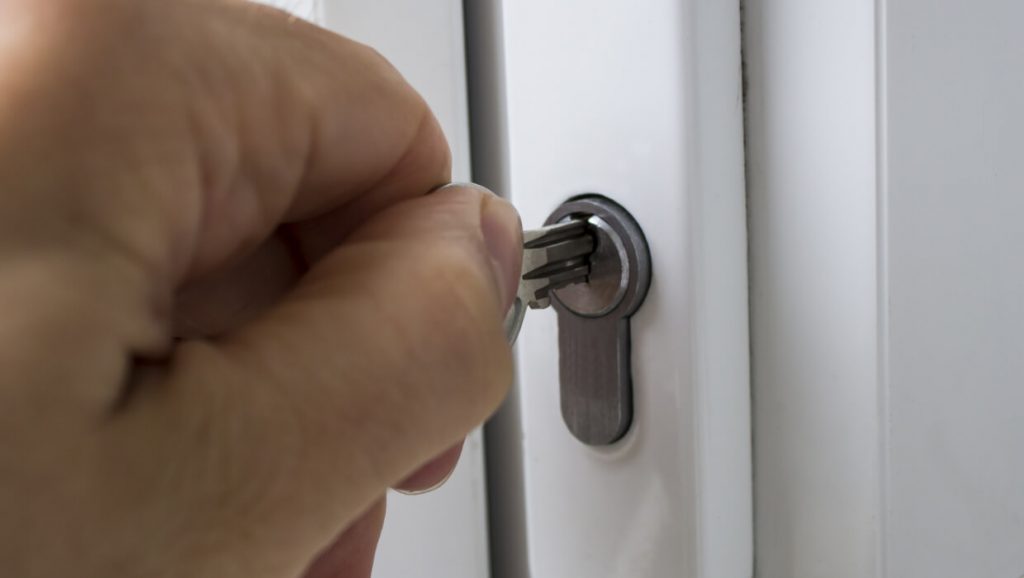
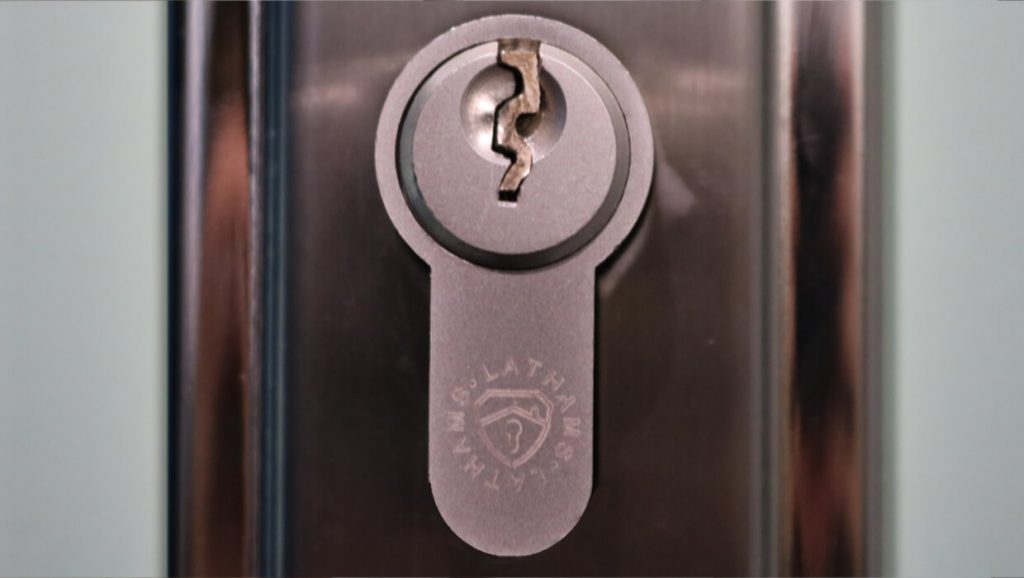

Pingback: Important Safety Features That Every Home Needs - ET Speaks From Home